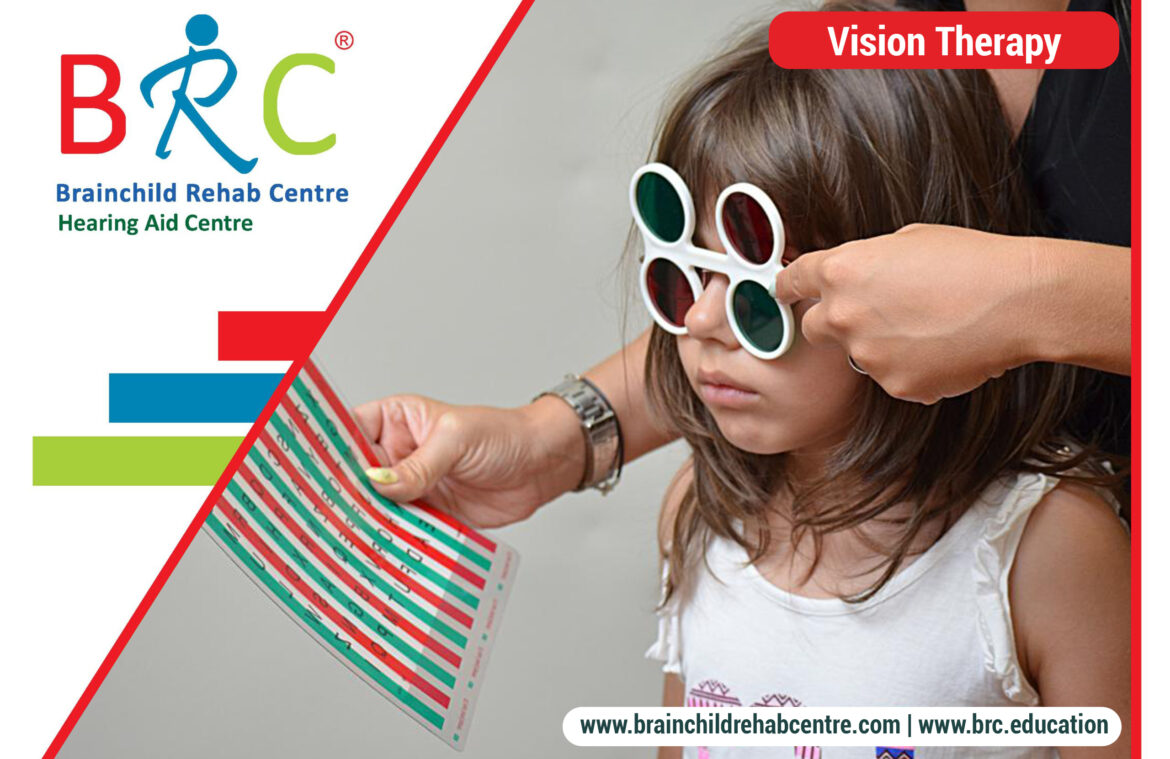
Vision Therapy
A vision therapy program is usually made up of monitored in-office and at home eye exercises that are done over weeks to months. In addition to exercises, lenses (“training glasses”), prisms, filters, patches, electronic targets, or balance boards may be used.
1. Training glasses (lenses)
2. Prisms
3. Filters
4. Patches
5. Electronic targets
6. Balance boards
Main Types of Vision Therapy
1. Behavioral/Perceptual Vision Therapy: Enhances visual processing and understanding.
2. Myopia (Nearsightedness) Prevention/Treatment: Slows or halts myopia progression.
3. Orthoptic Vision Therapy: Weekly in-office exercises over several months.
Benefits of Vision Therapy
1. Improves visual acuity
2. Enhances depth perception
3. Increases eye coordination
4. Treats amblyopia (lazy eye)
5. Reduces eye strain
6. Improves reading and learning abilities
Who Can Benefit
1. Children with learning disabilities
2. Adults with eye alignment issues
3. Patients with amblyopia or strabismus
4. Individuals with visual processing difficulties
5. Those seeking myopia prevention/treatment
Conditions Treated with Vision Therapy
1. Convergence Insufficiency: Difficulty aligning eyes for near tasks.
2. Amblyopia (Lazy Eye): Underdeveloped or weakened eye.
3. Strabismus (Crossed-Eyes): Misaligned eyes.
4. Double Vision: Seeing two images instead of one.
5. Eye Teaming and Tracking Problems: Difficulty coordinating eye movements.
6. Focusing Difficulties: Trouble shifting focus between near and far.
7. Eye Fatigue: Prolonged visual discomfort.
8. Depth Perception and 3D Vision Difficulties: Trouble perceiving spatial relationships.
9. Hand-Eye Coordination Difficulties: Challenges with eye-guided movements.
10. Visual Perception and Processing Issues: Difficulty interpreting visual information.
Additional conditions
1. Dyslexia and Reading Difficulties: Vision-related reading challenges.
2. Visual Attention Deficit: Trouble focusing and attending visually.
3. Autism Spectrum Disorder (ASD) Visual Issues: Addressing visual processing challenges.
4. Traumatic Brain Injury (TBI) Visual Consequences: Rehabilitating visual function.
Benefits of Vision Therapy
1. Improved visual acuity
2. Enhanced eye coordination
3. Increased reading and learning efficiency
4. Reduced eye strain
5. Better depth perception
6. Improved hand-eye coordination
7. Enhanced visual perception and processing
Posture and Movement Symptoms
1. Poor posture: Compensating for visual discomfort.
2. Poor hand-eye coordination: Difficulty with eye-guided movements.
Reading-Related Symptoms
1. Using finger-pointing: Assistance for visual tracking.
2. Favoring one eye: Dominant eye preference.
Additional Symptoms
1. Blurred vision: Unclear visual acuity.
2. Eye strain: Prolonged visual discomfort.
3. Visual discomfort: Eye irritation or unease.
